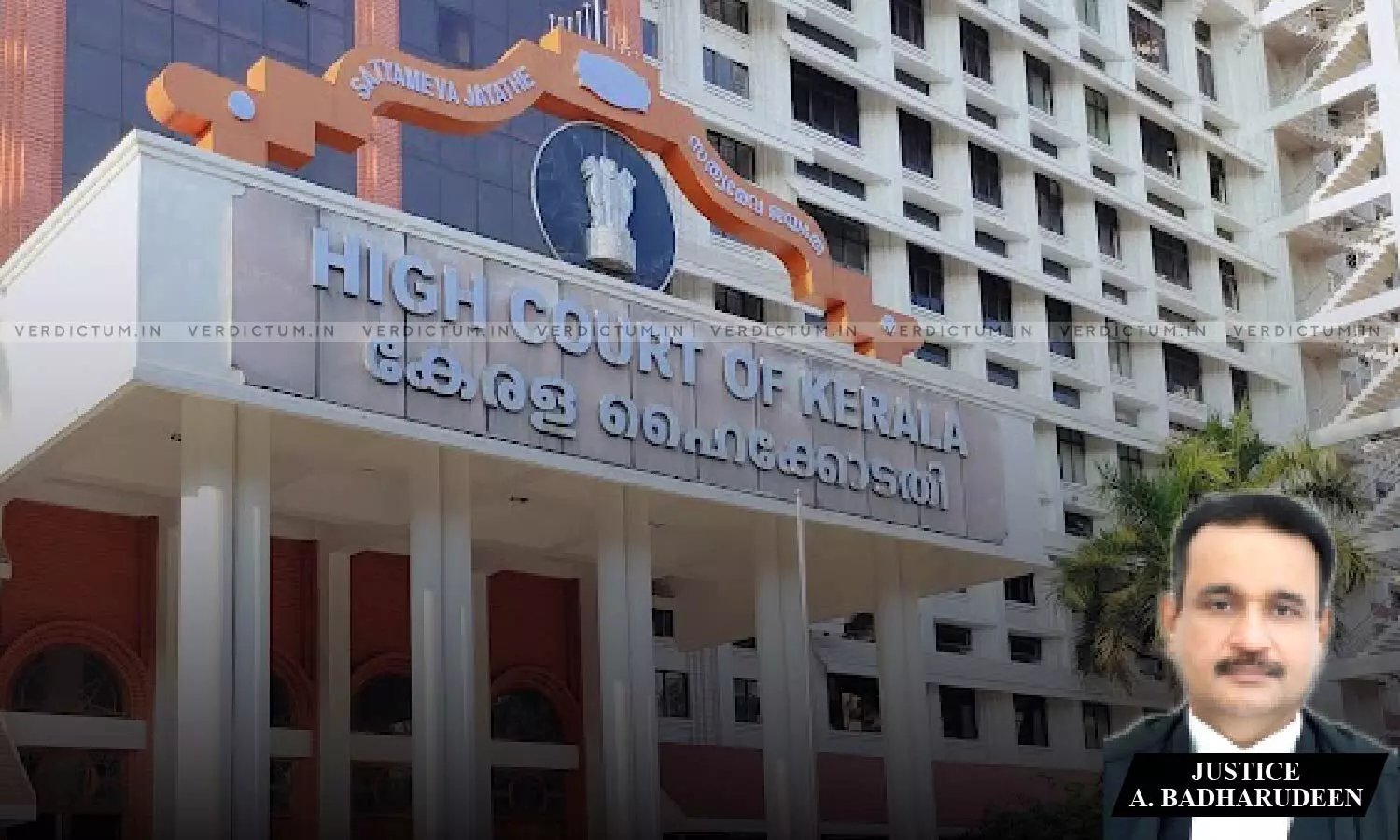
Stone May Be Treated As A Weapon Of Offence Likely To Cause Death: Kerala HC Refuses To Quash Criminal Proceedings U/S 324 IPC
 |
|The Kerala High Court observed that a stone may also come within the purview of a weapon of the offence likely to cause death.
This, however, depends upon the nature of the stone, the size and sharpness of the said stone and the manner in which the stone was used in the process of assault for inflicting injury.
The Court dismissed a petition filed by an accused under Section 482 of the CrPC to quash an FIR and criminal proceedings for offences alleged by the prosecution under Sections 324, 294(b) and 506(i) of the IPC. The Court pointed out that the nature, size and sharpness of the stone and the manner in which the stone was used, in the process of assault for inflicting injury, would decide whether the stone was a weapon likely to cause death.
A Single Bench of Justice A. Badharudeen observed, “In view of the above, at the time when a Court considering quashment of criminal proceedings including offence punishable under Section 324 of IPC, without the support of the evidence tendered, merely it was alleged that, hurt was caused by using a stone, it is difficult to hold that the offence punishable under Section 324 of IPC would not attract.”
Advocate C.A. Chacko appeared for the petitioner, while Senior Public Prosecutor Renjit George represented the respondents.
The prosecution alleged that the accused used obscene words, threw a stone, and thereby caused an abrasion on the hand of the defacto complainant while also threatening to kill her amidst a boundary dispute between the two neighbours.
The High Court pointed out that Section 324 of the IPC [Section 118(1) of the BNS] clearly stated that voluntarily causing hurt by means of any instrument used as a weapon of offence which was likely to cause death, would attract offence under Section 324 of the IPC.
In order to determine whether a stone could be treated as a weapon of offence likely to cause death, the Court referred to the Supreme Court’s decision in Dasan v. State of Kerala (2014), wherein it was held that “the facts involved in a particular case, depending upon various factors like size, sharpness, would throw light on the question whether the weapon was a dangerous or deadly weapon or not. That would determine whether in a case, offences under Sections 323, 324, 325 or 326 would apply.”
Similarly, a Division Bench of the Kerala High Court in Joy v. State of Kerala (2014) affirmed his position holding, “Thus, the nature of the stone, the size and sharpness of the same and the manner in which the stone was used, in the process of assault for inflicting injury, would decide whether the stone is a weapon likely to cause death.”
Consequently, the Court held that “a stone would also come within the purview of a weapon of the offence likely to cause death, depending upon the nature of the stone, the size and sharpness of the said stone and the manner in which the stone was used in the process of assault for inflicting injury. These aspects can be considered by the trial court during trial of the case visualizing those aspects.”
The Bench stated that the offences alleged by the prosecution punishable under Sections 324, 294(b) and 506(i) of IPC were prima facie made out.
Accordingly, the High Court dismissed the petition.
Cause Title: Vinil v. State of Kerala & Anr. (Neutral Citation: 2024:KER:77152)
Appearance:
Petitioner: Advocates C.A.Chacko and C.M.Charisma
Respondents: Senior Public Prosecutor Renjit George; Advocate L. Rajesh Narayan